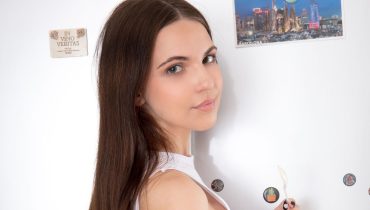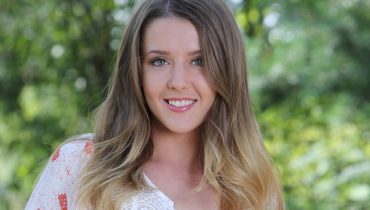When Lydia Scott was diagnosed with Type 2 diabetes at 32, she felt her world narrow overnight. “Suddenly, every meal was a math problem,” she recalls. “I was counting carbs, checking glucose, worrying about insulin — it was exhausting.”
Like millions of Americans living with diabetes, Lydia faced the constant balancing act of health and lifestyle. But technology changed her story. Through diabetes management apps, she found not only control but freedom.
From Diagnosis to Digital Empowerment
At first, Lydia relied on paper logs and manual glucometers. “It was frustrating — I’d forget entries, misplace notes, and my doctor never had a full picture.” A friend introduced her to MySugr, a diabetes management app that automatically synced with her glucose monitor. “The first week felt like magic,” she says. “For the first time, I could see patterns instead of problems.”
As she explored the digital ecosystem, Lydia discovered apps that didn’t just record data — they interpreted it. “Apps like Glucose Buddy, One Drop, and Glooko became my daily partners,” she explains. “They analyzed trends, reminded me to check sugar levels, and even offered nutritional feedback.”
Within months, her average glucose dropped, her HbA1c improved, and — most importantly — her anxiety decreased. “Knowledge reduced fear,” she says. “The more I understood my body, the less powerless I felt.”
The Rise of Smart Diabetes Technology
Modern diabetes management apps integrate AI, wearable tech, and behavioral science. Continuous Glucose Monitoring (CGM) systems, like Dexcom and FreeStyle Libre, now sync seamlessly with mobile dashboards. “I get alerts when my sugar spikes or dips,” Lydia says. “It’s like having a tiny guardian angel on my arm.”
AI-driven meal planning has also been transformative. “My app now suggests meals based on my previous readings,” she says. “If I eat pasta, it warns me in real time — ‘Try smaller portions or pair with protein.’ That’s coaching, not just tracking.”
These apps also foster accountability. “You can share your data with doctors instantly,” Lydia notes. “It changes the conversation from guessing to planning.” Some even include telehealth integration, connecting users directly to certified diabetes educators. “That accessibility makes management feel collaborative instead of isolating.”
Daily Life with Digital Support
Lydia’s current routine is a blend of simplicity and precision. “I check my readings in the morning, log breakfast, and my app predicts mid-day fluctuations based on my sleep and stress levels,” she says. In the evenings, she reviews her day’s data and gets insights for tomorrow. “It’s like having a health coach that never sleeps.”
But beyond numbers, these tools improved her relationship with food. “Instead of guilt, I now feel curiosity,” she says. “If my glucose spikes, I don’t panic — I learn.” That mindset shift transformed her well-being. “Before, diabetes felt like a sentence. Now it feels like feedback.”
The Psychological Benefits of Digital Tracking
Research from the American Diabetes Association shows that consistent digital monitoring reduces both blood sugar variability and emotional distress. “It’s not just about glucose — it’s about confidence,” Lydia says. She also found support through online communities integrated into apps like One Drop. “Reading others’ stories made me feel less alone. We share recipes, jokes, even frustrations — it’s human again.”
Still, she emphasizes balance. “Technology helps, but it can also overwhelm,” she admits. “If I obsess over every spike, it becomes another stressor.” She learned to interpret data as information, not judgment. “Perfection isn’t the goal — stability is.”
Lydia’s Guidance for Managing Diabetes Through Apps
Today, Lydia speaks at health conferences about digital self-care. Her guidance is grounded in real experience:
- 1. Choose apps that integrate with your devices: CGMs and smartwatches provide seamless monitoring.
- 2. Look for clinical validation: “Don’t just download — research the science behind the software.”
- 3. Prioritize usability: “The best app is the one you’ll actually use daily.”
- 4. Protect your data: “Health data is sensitive — use apps with HIPAA compliance.”
- 5. Focus on trends, not single readings: “Diabetes is a marathon, not a sprint.”
She closes our interview with a quiet confidence. “Technology didn’t cure me,” Lydia says, “but it gave me a life beyond limits.” Her favorite reminder pops up daily from her app: “Small steps make strong systems.” Smiling, she adds, “That’s true for blood sugar — and for life.”
































































